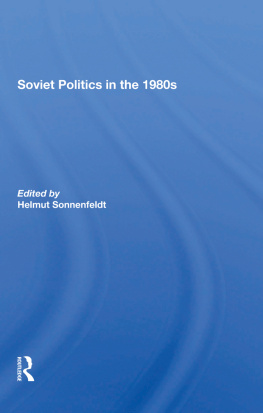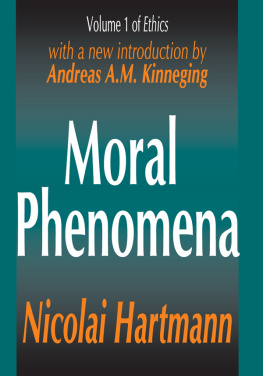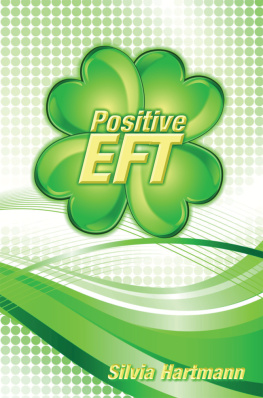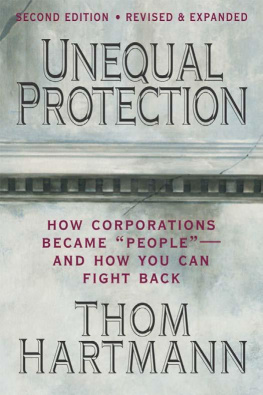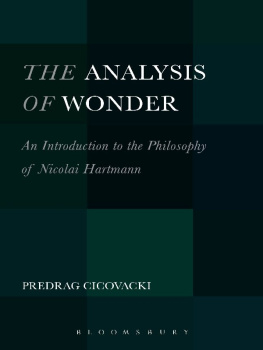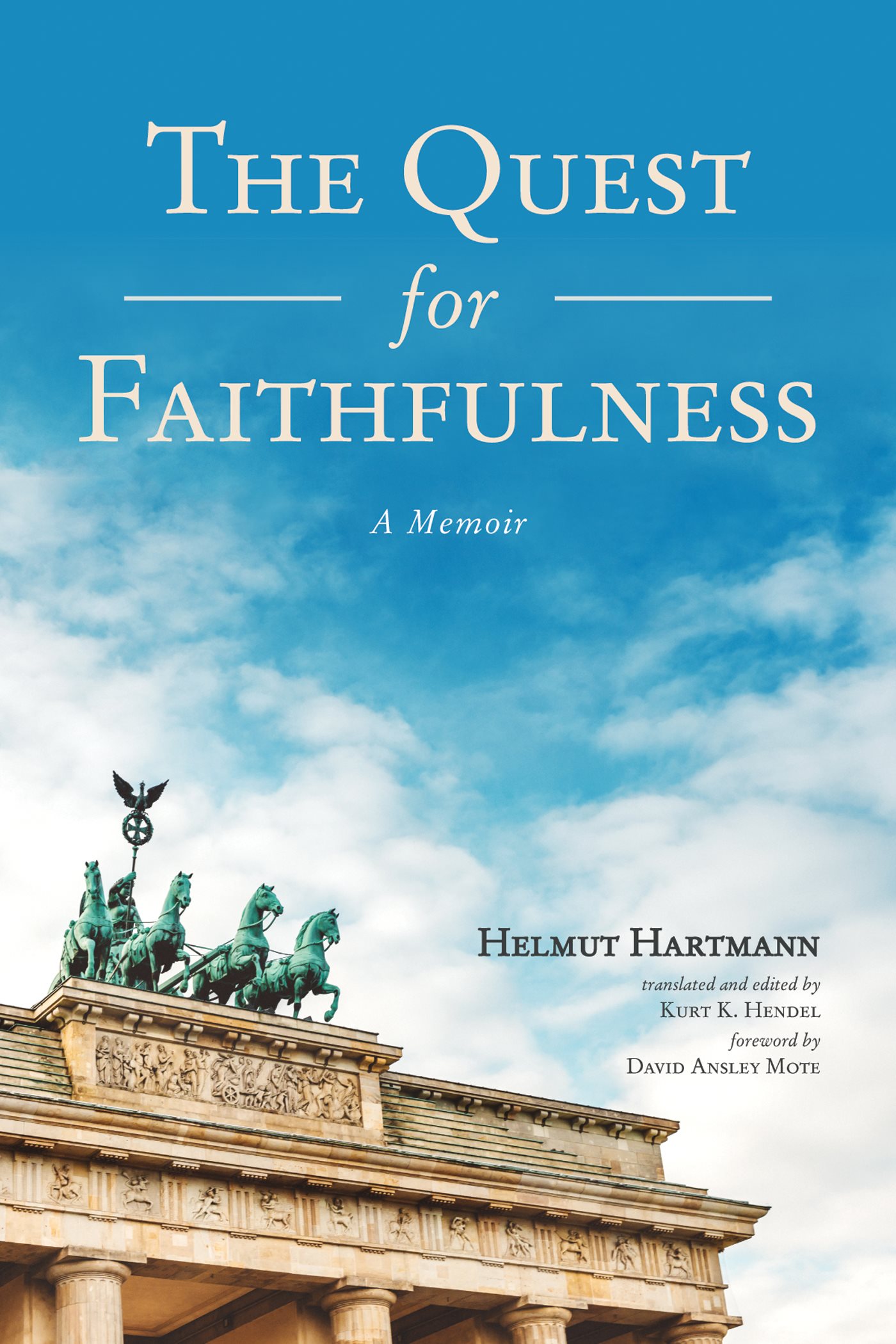Foreword
I met Helmut Hartmann at the Baptist Church in Moscow in the summer of 1960 . I was with a group of a dozen young Americans in the Soviet Union as part of an exchange program arranged by our State Department and the Soviet Foreign Ministry. During that Sunday service an announcement was made in English welcoming foreign visitors and informing us of an opportunity to learn about the church in a meeting after the service. Our whole group attended along with dozens of others who had attended the service.
A pastor of the church who had studied in England spoke to us. Judging from how people were dressed in those days (when it was easy to spot whether people were from east or west of the Iron Curtain), all but one of the visitors in the room were from the West. Sitting next to me was a young man from somewhere behind the Iron Curtain. I would have assumed he was from the USSR except for the fact that the meeting was for foreign visitors to the church.
As soon as the meeting concluded I introduced myself and asked where he was from. I was surprised to hear that he was a Lutheran pastor from East Germany. Helmut and I spent the rest of that day together, and we began a correspondence that went on for forty years. After the first year it mostly consisted of annual letters. Every year during Advent Helmut wrote a thoughtful two-page letter that went to family and friends from all over, and he always added a hand-written personal note to me.
In 1975 I visited the Hartmanns in Eisleben. When I learned he would be part of a delegation from the Evangelical Church in East Germany to the United Church of Canada in 1980 , I flew to Toronto and spent a day with him. We discussed whether it would make trouble for him if I were to visit him in Halle, and he assured me that it should be possible to get government permission to do so. That visit in the summer of turned out to be a wonderful week staying in the Hartmanns home.
In 2002 I sent my annual letter and did not receive one in return. When the 2003 letter did not come I wondered whether his Parkinsons was the reason (see Chapter 1997 , Crooked TreeErect Walk) or whether something else had happened. I continued to write each year, and my letters did not come back as undeliverable.
In I experienced a very strong sense that if Helmut were still alive I needed to see him again. I remembered that his daughter Sabine had wanted to be a pediatrician. I entered her name and Kinderrztin (pediatrician) in an online search, and her name came up with no email address but with the address of her medical practice. I mailed a letter to her. Sabine remembered me and wrote back catching me up on her parents situation. Her father had been unable to write for several years.
My wife Nadia and I visited Helmut and Christiane in their home in Dessau in the summer of 2014 . Parkinsons had taken quite a toll on him physically but he was still very sharp mentally. We were all grateful to be together once again. Helmut gave me a copy of Unsere Jahre ( Our Seventy Years , the original title of his memoir).
With my limited ability in German it took me many months to read it. It was clear to me that it should be available to a wider audience. I wrote to Sabine that I would like to see if I could find a way to get it published. At the end of November 2015 , Helmut signed a hand-written note granting me permission to pursue publication in the USA. He died February , 2016 .
Helmut wrote the memoir for his children and grandchildren. He had no need to include things they all knew very well. A question some readers might wonder about is how he and Christiane met. In 1958 Helmuts sister married Christianes brother, with Helmuts father presiding as pastor. Helmut and Christiane met at that wedding. Just a year later Helmuts father presided at their wedding.
Some may also be puzzled to read in the chapter 1945 Liberation that the American occupying force left the area where the Hartmanns lived and were replaced by the Soviet army. This came about because the victorious Western powers, France, Great Britain, and the United States, decided that Berlin should not be occupied only by the Soviets. In exchange for having a share in the occupation of Berlin, which had been liberated by the Soviets, the three Western powers turned over to the USSR part of the territory they had liberated.
Helmut Hartmanns memoir is not only a personal, family story. Rather, Helmut consistently comments on the contexts, events, and personalities that impacted his life. The memoir is, therefore, a persistent engagement of Helmuts personal story with the historical events in the context in which he lived. That context was one of the most dramatic and challenging periods in German history and particularly in the history of individual Christians and of the Christian church in Germany. It was the time of the Nazi regime and of the German Democratic Republic. During both of those periods, all residents in the German territories and surely all Christians had to make crucial decisions about their identity, their values, and their way of life. Helmut Hartmanns memoir is the story of one mans quest to be faithful to his faith convictions and his sense of humanity when those convictions and that sense were challenged in radical ways.
I am deeply grateful to Professor Hendel for taking on the task of translation and for adding the many explanatory footnotes. Reading the memoir in English I realize what a big task it was and how much I missed when I read the original.
David Ansley Mote
Acknowledgments
I wish to express my appreciation and thanks to Pastor Helmut Hartmann for his willingness to share his memoir with a wider public and to his family who have supported that willingness; to Pastor David Mote, who was in possession of a copy of the memoir and invited me to evaluate its potential for publication; to Wipf and Stock Publishers for their interest in the memoir, particularly to Matthew Wimer, Assistant Managing Editor, Daniel Lanning, Editorial Administrative Assistant, and George Callihan, typesetter, for their gracious assistance during the production of the translation; and to Ms. Nadia Ilyin for her expert copy editing.
Kurt K. Hendel
1932
A Man with a Sign
A man is standing on the Potsdamer Platz in Berlin on a cold February day in the year 1932 with a sign on his belly: I am looking for any kind of work. He has pulled his hat deeply down on his face, as if he were ashamed. The newspaper sellers around him shout, The six-million mark has been passed in Germany for the first time. ,, people are unemployed! Advertisements on pillars call attention to Gerhard Hauptmanns novel, Little ManWhat Now? is being promoted in bookstores.
A little girl named Christiane is born in a hospital in Berlin-Karlshorst on this cold February . Her parents, Alfred and Elisabeth Khn, order the names of their children according to the golden alphabet. Father Alfred is the first (A), then the firstborn Berthold (B); then follow Christiane (C) and Dankwart (D); and after mother Elisabeth (E) follow Friederike (F) and Gebhard (G).
When Christiane is born, her father, a secondary school teacher, is writing his book, Matter in Atoms and Stars . In amazement he speaks of the smallest and greatest objects in which matter occurs... and admires the mental labor of researchers before our time. The pleasure that fills a lover of the arts when he listens to a symphony by Beethoven or views a master portrait of Rembrandt can also fill the person who considers the work of scientists.


